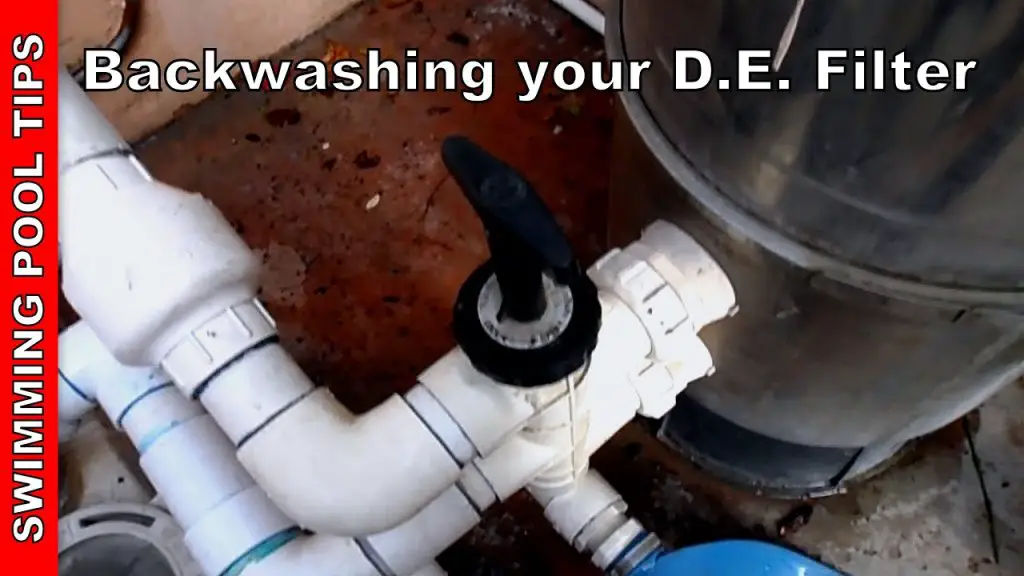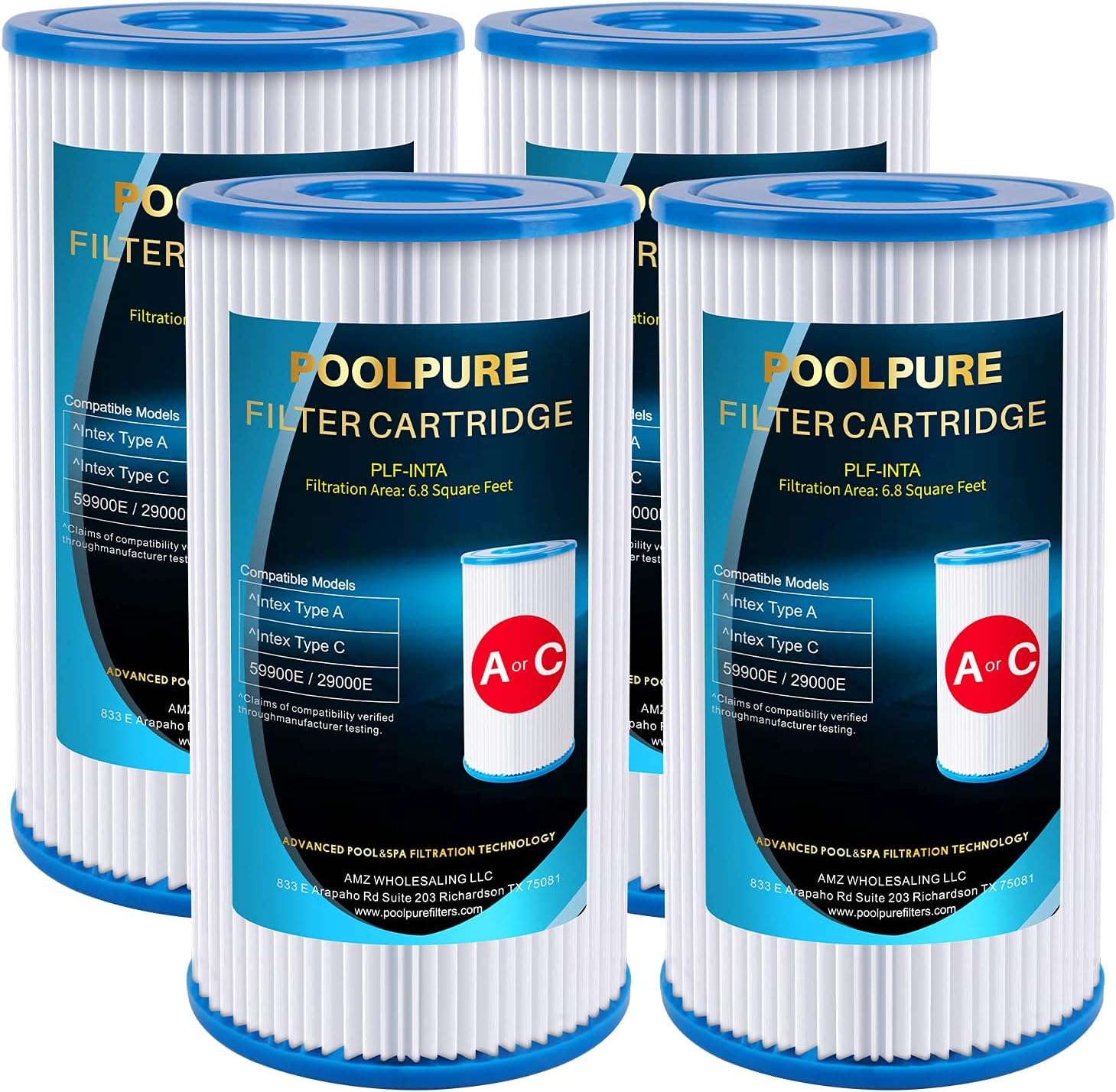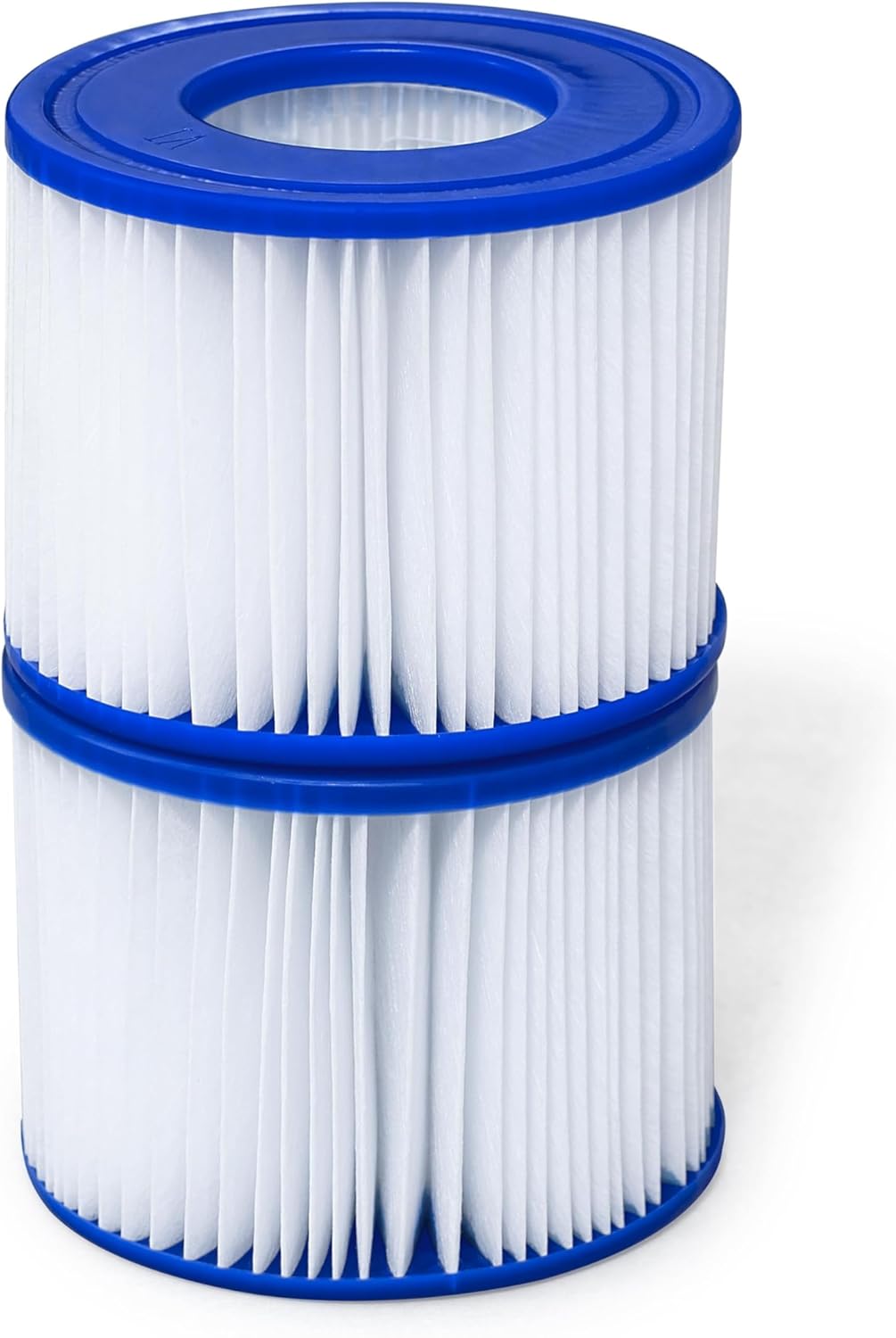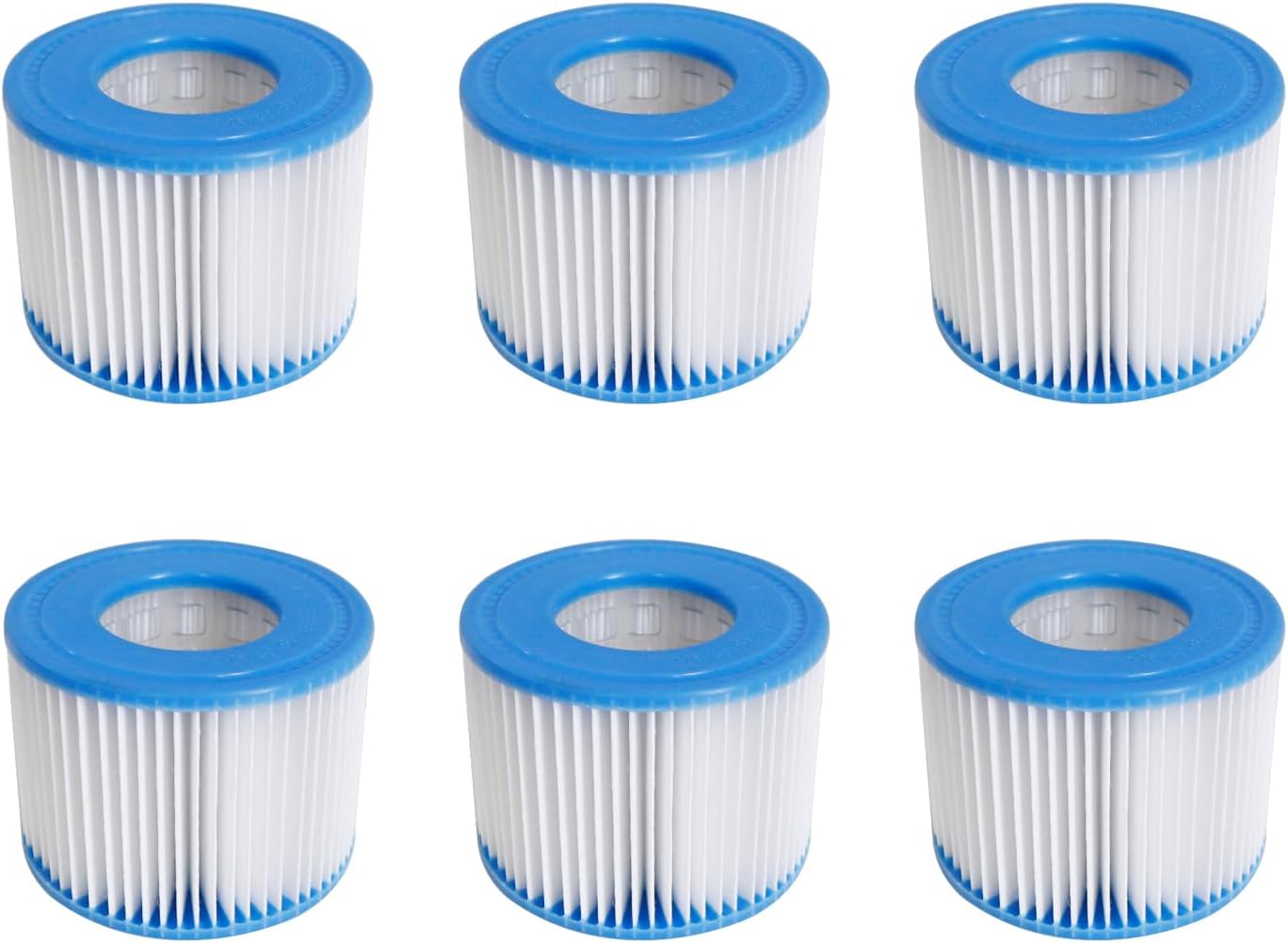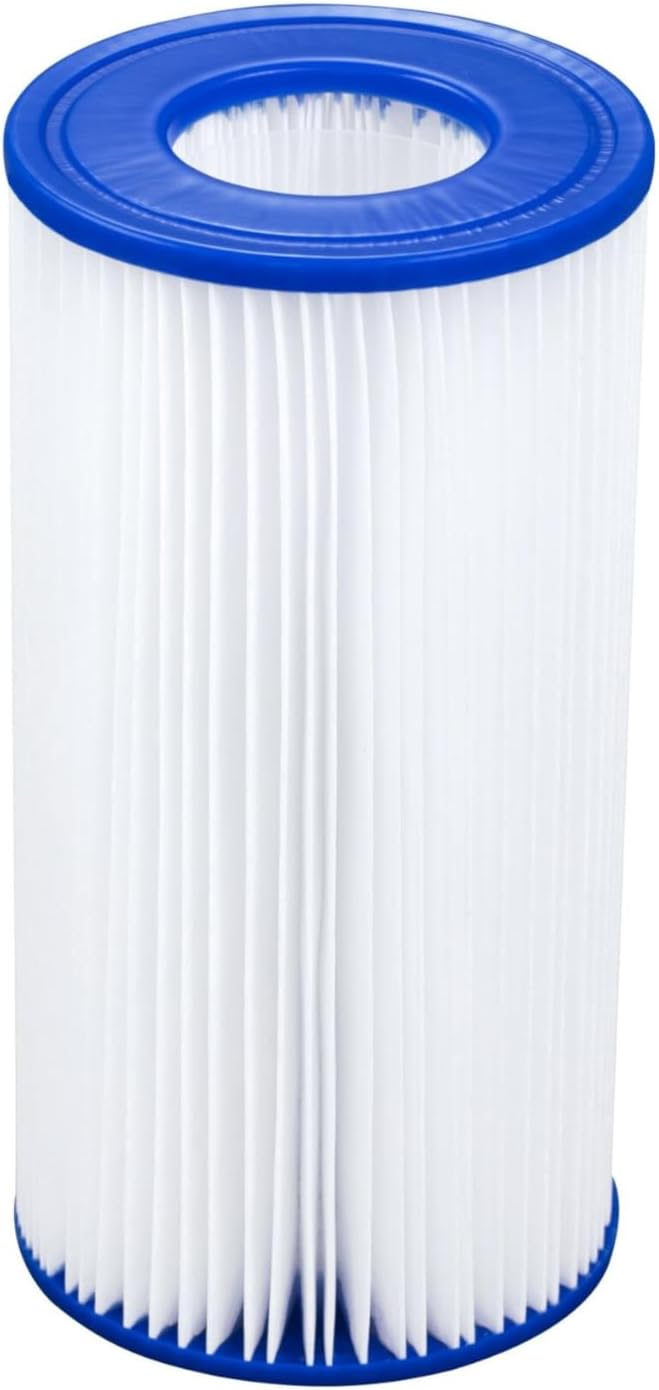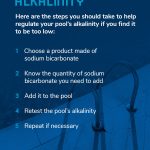To backwash a pool filter, turn off the pump, set the filter valve to backwash, and turn on the pump for 2-3 minutes until the waste pipe runs clear. Maintaining a clean and functional pool filter is essential for optimal pool performance.
Regular backwashing is a crucial maintenance task that helps remove debris, dirt, and contaminants from your pool filter. By following a few simple steps, you can ensure that your pool filter operates efficiently and keeps your pool water crystal clear.
We will guide you on how to backwash your pool filter effectively. Whether you are a pool owner or a professional pool maintenance person, these steps will help you keep your pool filter in top shape, so let’s dive in!
5 Best Pool Filters For All Types Of Pools
Understanding Backwashing
Backwashing is an essential process to maintain the cleanliness of your pool filter. Learn how to backwash your pool filter effectively for optimal results.
What Is Backwashing?
When it comes to maintaining a sparkling clean pool, backwashing is a crucial process. It involves reversing the flow of water through the filter to flush out accumulated debris and contaminants. During backwashing, the dirty water is discharged through a waste line, allowing the filter to expel trapped particles and pollutants. By performing this routine maintenance, the filter’s efficiency is restored, enhancing the overall quality of the pool water.
When To Backwash
Pool owners should be familiar with the indications that it’s time to backwash the filter. If the pressure gauge on the filter reads 8-10 psi higher than normal, or if the water flow into the pool decreases, it is likely time to initiate the backwashing process. Following a heavy storm or when the water appears cloudy, initiating a backwash can help address these issues and maintain a clean, healthy pool. Backwashing plays a crucial role in keeping pool water pristine and safe for swimmers. By understanding why and when to backwash, pool owners can ensure their filtration system operates optimally.
Preparation
Before backwashing your pool filter, it’s crucial to prepare for the process. Proper preparation ensures that the backwashing is efficient and effective in maintaining your pool’s cleanliness and water quality. Let’s go through the necessary steps to prepare for backwashing your pool filter.
Gather Necessary Equipment
First, gather all the necessary equipment for backwashing your pool filter. You will need a backwash hose, a screwdriver or filter wrench (depending on the filter type), and a pair of protective gloves. These items are essential for carrying out the backwashing process smoothly and safely.
Turn Off Pool Equipment
Prior to backwashing, ensure that all pool equipment is turned off, including the pump and any other relevant devices. This step is crucial to prevent any accidents or malfunctions during the backwashing process. It also ensures a safer environment for carrying out the required maintenance.
Backwashing Process
Backwashing Process:
Close Return Valves:
Turn off the pump and close the return valves to stop water flow during backwashing.
Set Valve To Backwash Position:
Adjust the filter valve to the “backwash” position to divert water flow for cleaning.
Start The Pump:
Turn on the pump and let it run for 2-3 minutes to flush out the debris from the filter.
Monitor The Sight Glass:
Keep an eye on the sight glass to observe the color and clarity of the water being discharged.
Rinsing The Filter
Rinsing the filter is an essential step in the process of backwashing your pool filter. This step helps to remove any leftover debris and dirt that may have accumulated during the backwashing process. It is crucial to properly rinse the filter to ensure the optimal performance of your pool filter, resulting in cleaner and clearer water.
Set Valve To Rinse Position
The first step in rinsing the filter is to set the valve to the rinse position. This can typically be done by turning the valve handle or switching the valve to the appropriate setting. The rinse position allows water to flow through the filter in the opposite direction, effectively flushing out any remaining debris.
Restart The Pump
Once the valve is set to the rinse position, you will need to restart the pump. This can be done by flipping the switch or pressing the appropriate button. Restarting the pump will ensure that water is flowing through the filter and the rinsing process can begin.
Monitor The Sight Glass
While the filter is in the rinse position and the pump is running, it is important to monitor the sight glass. The sight glass is typically located on the pool filter and allows you to see the clarity of the water. As you rinse the filter, you should observe the sight glass to ensure that the water is clear and free from debris.
Completing The Process
Now that you have gone through the steps of backwashing your pool filter, it is essential to finalize the process properly to ensure your pool functions efficiently. Each step plays a crucial role in maintaining the cleanliness of your pool water.
Turn Off The Pump
Before proceeding further, make sure to turn off the pump to prevent any mishaps and ensure safety. This step is essential to avoid any damage to the system.
Set Valve To Filter Position
Switch the valve on your pool system back to the filter position to enable the filter to resume its regular operation. This setting helps in maintaining water clarity and quality.
Open Return Valves
Ensure all return valves are opened to allow the water to flow back into the pool smoothly. This step is crucial to restore the circulation of clean water in your pool effectively.
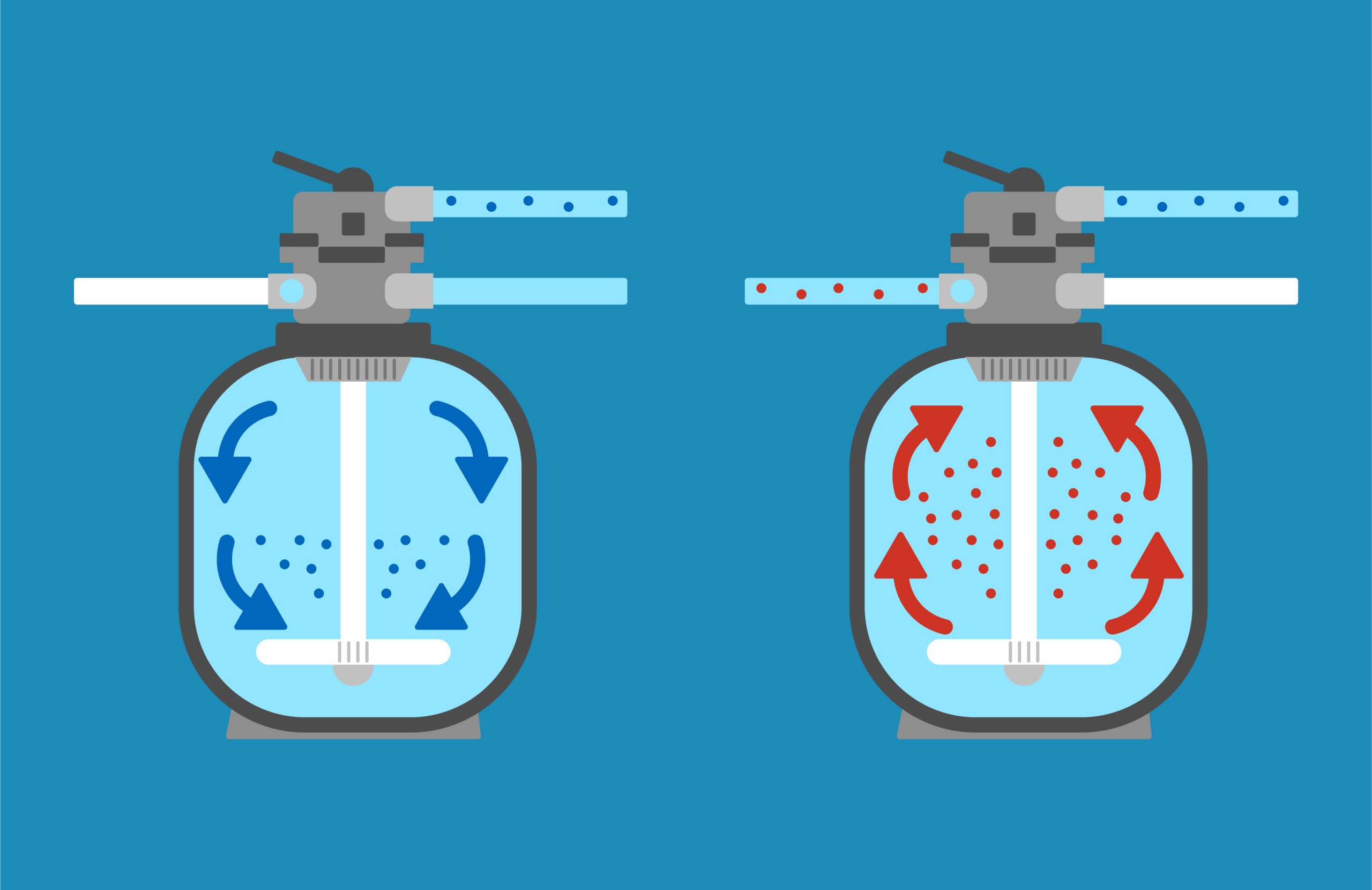
Credit: www.aquabluepools.net
Frequency Of Backwashing
Regular backwashing is essential for maintaining the efficiency of your pool filter. The frequency of backwashing depends on various factors and adhering to specific guidelines for regular maintenance.
Factors Affecting Frequency
Several factors impact the frequency of backwashing your pool filter. These include pool usage, type and size of the filter, water quality, and weather conditions. High pool usage, significant debris, or chemical imbalances in the water may necessitate more frequent backwashing.
Guidelines For Regular Maintenance
Following specific guidelines for regular maintenance is crucial to ensure the optimal performance of your pool filter. It’s recommended to backwash your filter at least every 2-4 weeks or when the pressure gauge reads 8-10 psi above the normal operating level. Regularly checking and cleaning the skimmer basket and ensuring proper chemical balance can also minimize the frequency of backwashing.
Troubleshooting
Learn how to efficiently backwash your pool filter with these step-by-step instructions. Keep your pool clean and clear with this troubleshooting technique.
Common Issues And Solutions
If you encounter issues during the pool filter backwash process, here are some common problems and their solutions:
- Backwash Water Flow Issues: Check for clogs in the filter, hoses, or pipes. Clean or replace any blocked components.
- Cloudy Water After Backwashing: This may indicate that the filter media needs to be replaced. Ensure proper backwashing frequency.
- Pressure Gauge Reading: If the pressure gauge shows abnormal readings, it could signify a problem with the filtration system. Consult the user manual for troubleshooting steps.
When To Seek Professional Help
If you are unable to resolve the issues on your own, it may be time to seek professional assistance. Consider contacting a pool maintenance expert for a thorough inspection and repairs.

Credit: thesummerpools.com
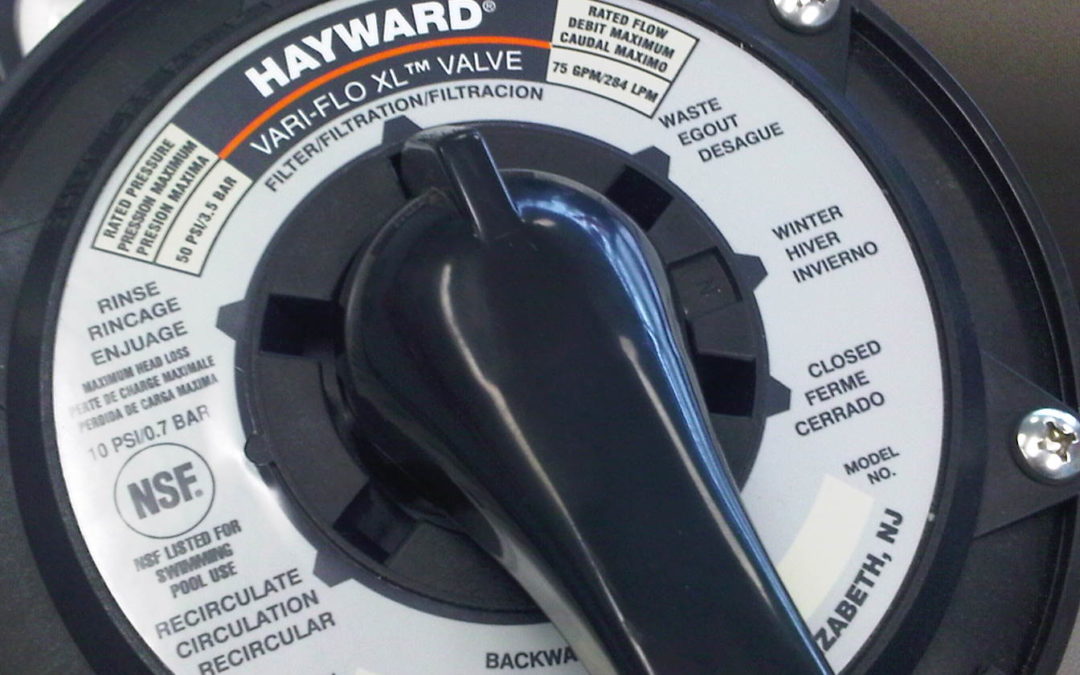
Credit: poolsidenorthshore.co.nz
Conclusion
Keeping your pool filter clean is essential for optimal performance and water clarity. Regular backwashing is key. By following these simple steps, you can maintain a healthy pool and enjoy a refreshing swim all season long. Remember, a clean pool filter means a happy and safe swimming experience.


